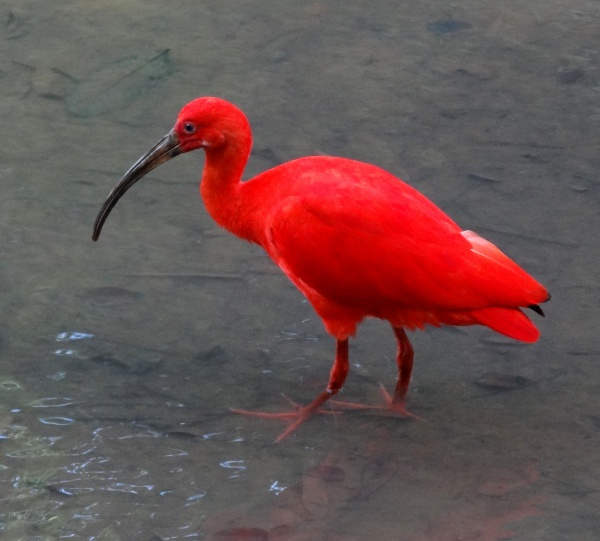Facts About Scarlet ibis
The scarlet ibis is a striking bird species native to the tropical regions of South America and the Caribbean. Its vibrant scarlet feathers make it easily distinguishable from other ibis species. Known for its resilience and abundant population, the scarlet ibis is globally protected and classified as "Least Concern" by the IUCN. Nonetheless, there is ongoing debate among scientists regarding its classification, with some arguing that it should be considered a subspecies of the American white ibis.
First described by Carl Linnaeus in 1758, the scarlet ibis shares many similarities with the American white ibis, the most notable difference being their coloration. Traditionally treated as separate species, recent studies suggest that they can hybridize, leading some scientists to propose that they should be classified either as one species or as subspecies of the American ibis.
Adult scarlet ibises are renowned for their brilliant scarlet plumage, while juveniles start off with grey, brown, and white feathers. Their diet, which is rich in red crustaceans, is responsible for their vivid coloration. These birds are strong fliers and known for their migratory behavior, often traveling in flocks.
Scarlet ibises inhabit a variety of environments across South America and the Caribbean, with large populations in the Llanos region. They typically build their nests in trees above water, which helps protect their eggs and chicks from predators. Their diet mainly consists of insects, shrimp, and other crustaceans. Social by nature, these birds often live in flocks and mingle with other bird species.
While the scarlet ibis is generally not at risk, some local populations are experiencing declines, raising conservation concerns. The bird holds a special place in cultural contexts, being one of the national birds of Trinidad and Tobago and appearing on the country's coat of arms. It has also inspired literature, including the well-known short story "The Scarlet Ibis" by James Hurst.
